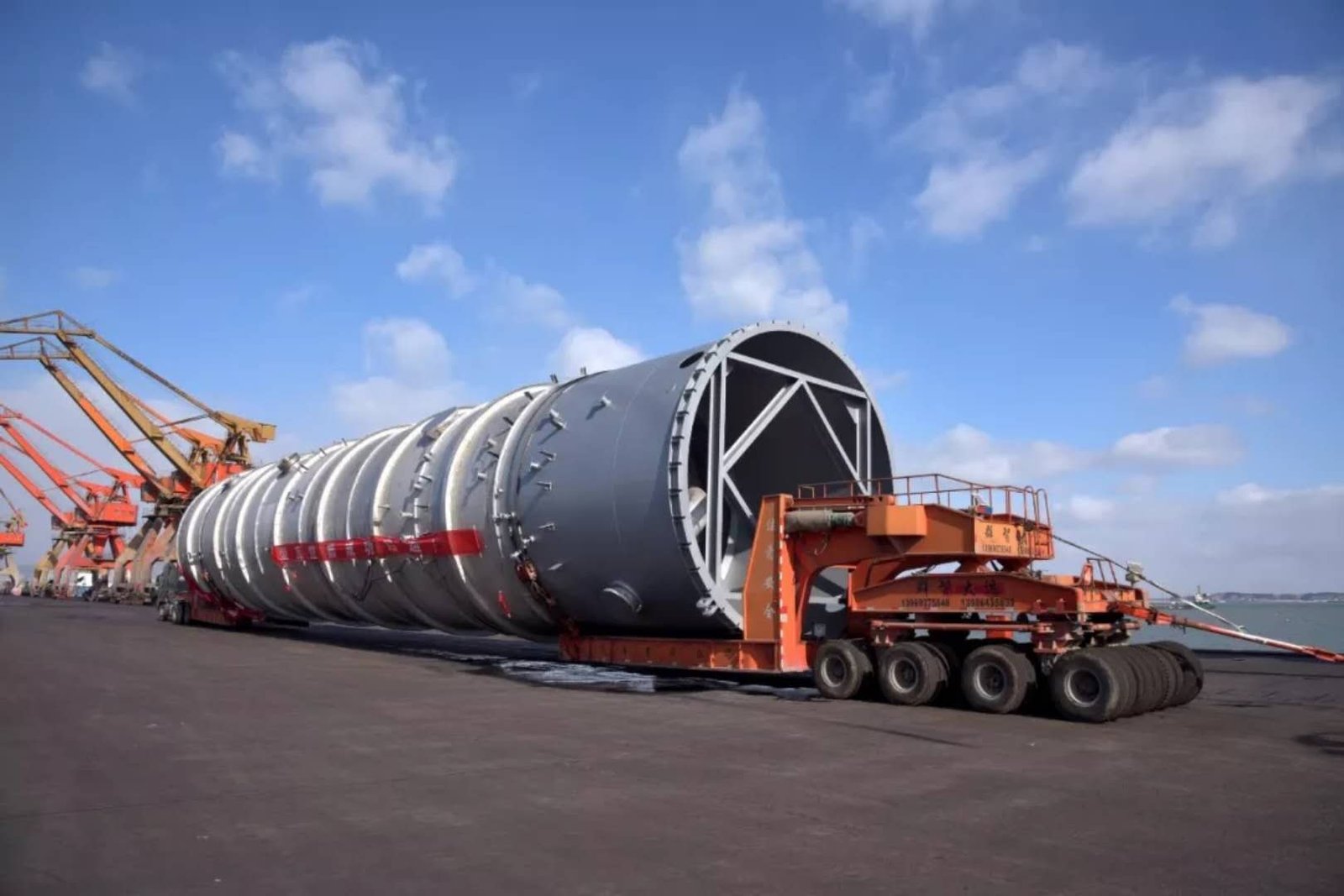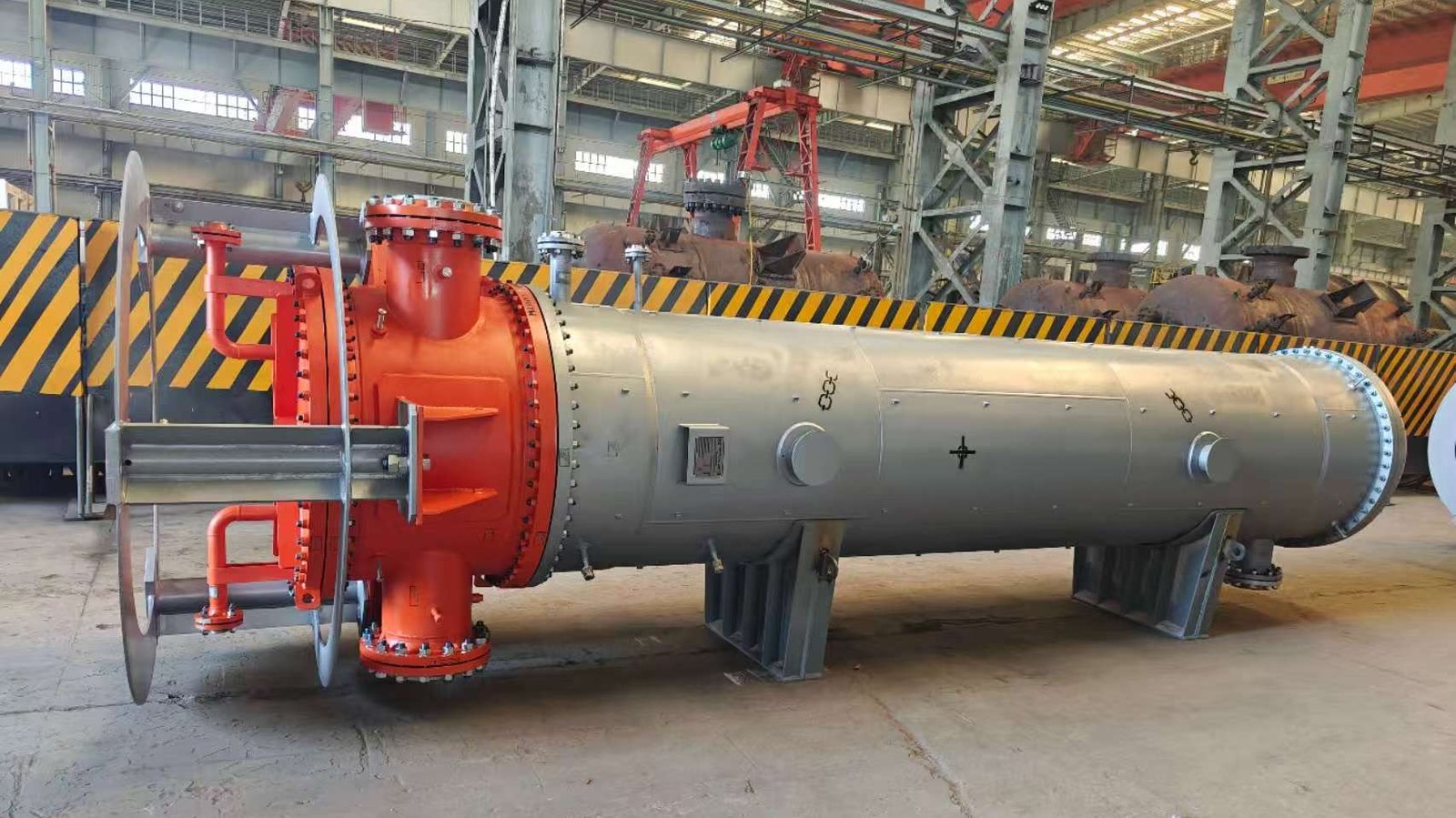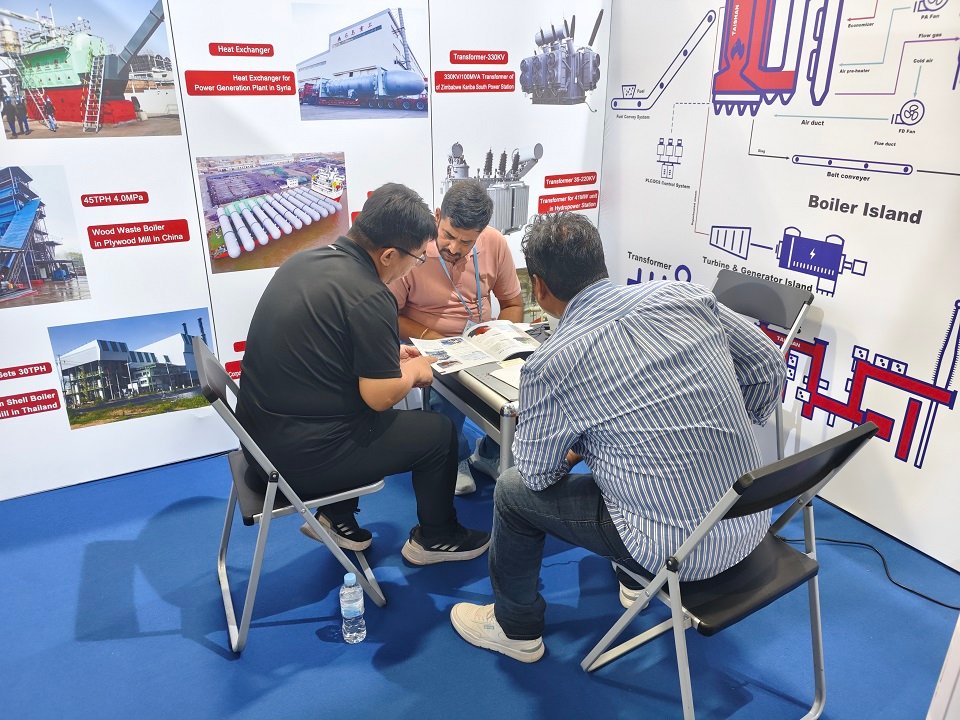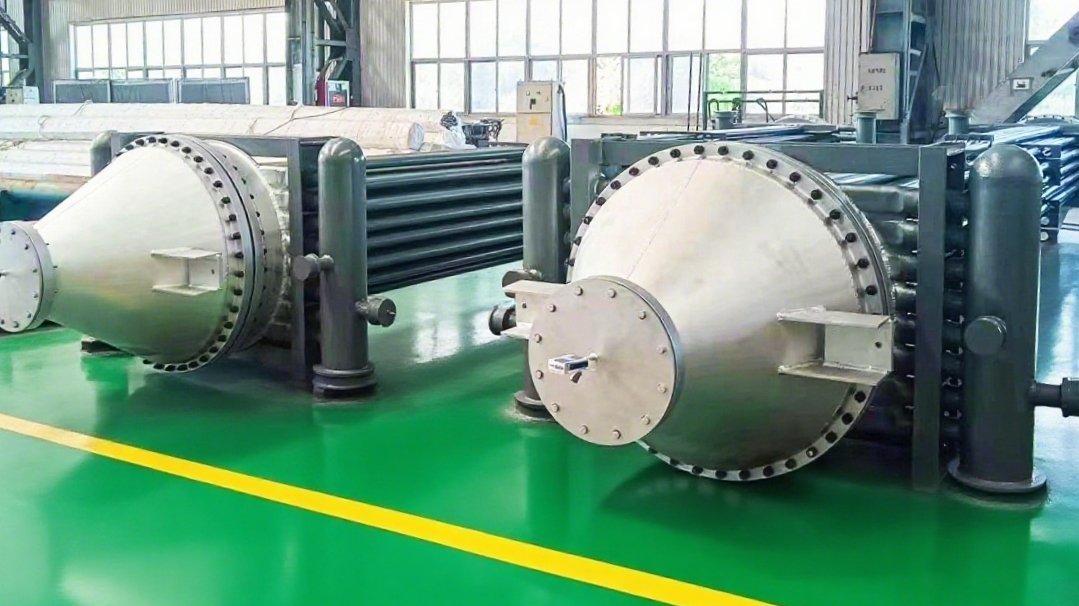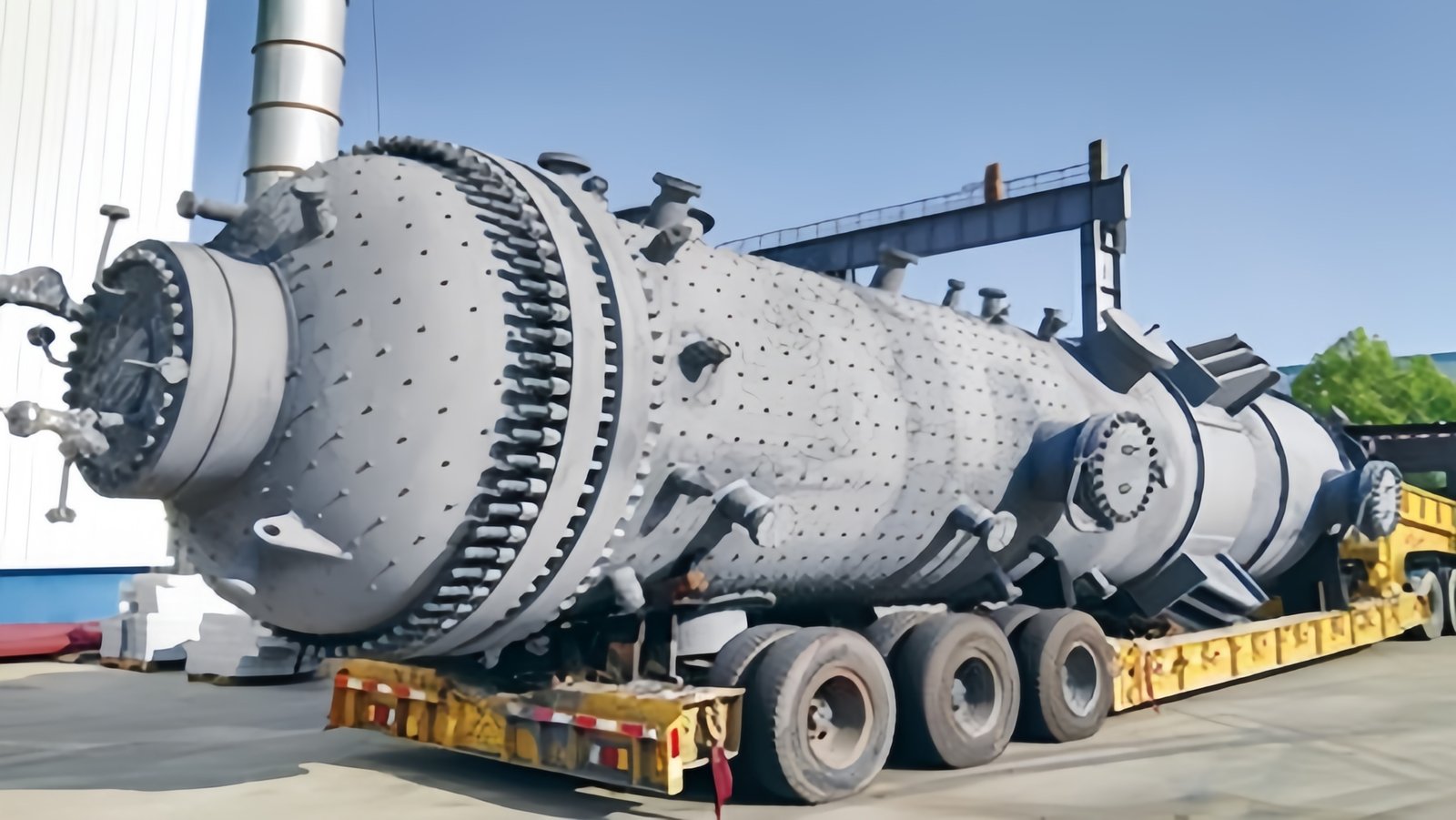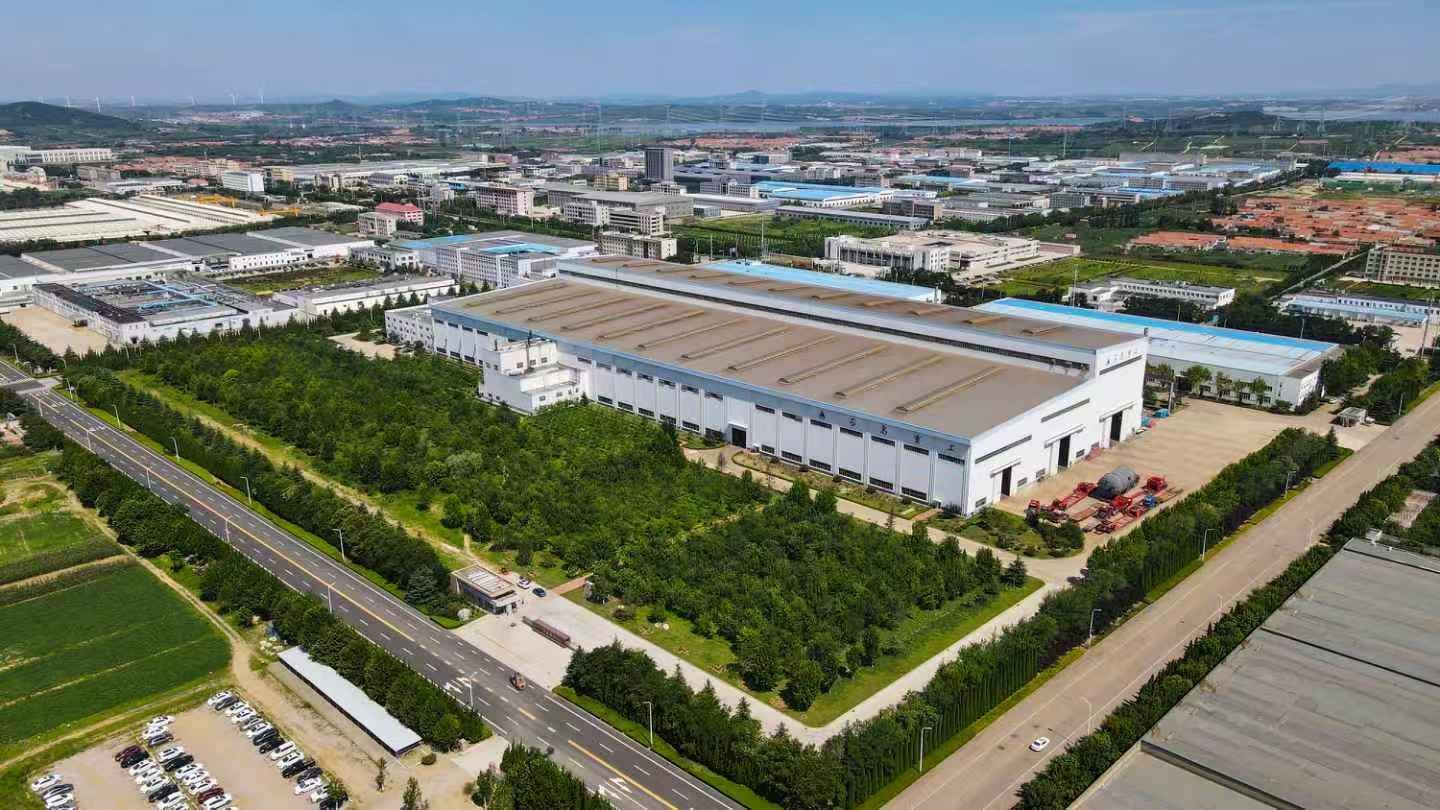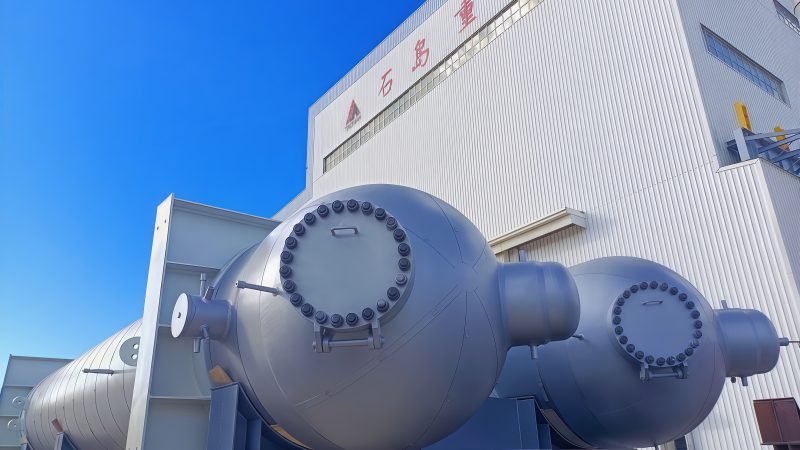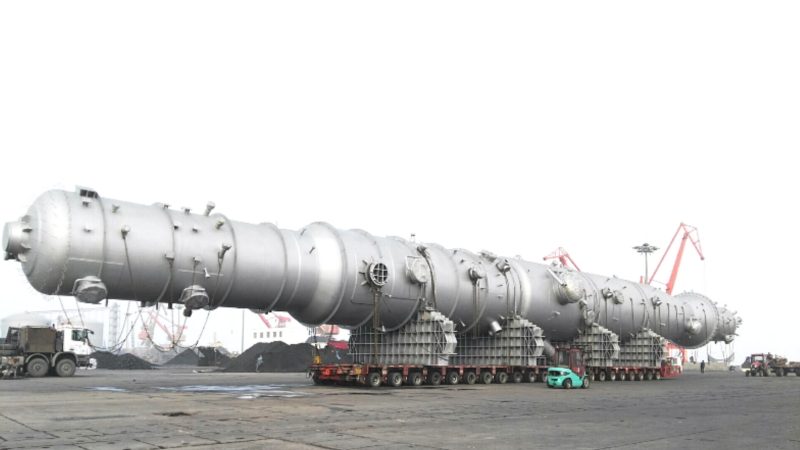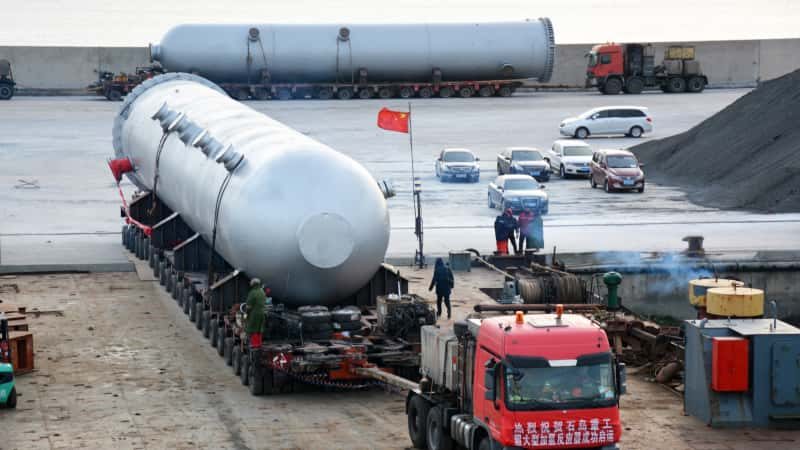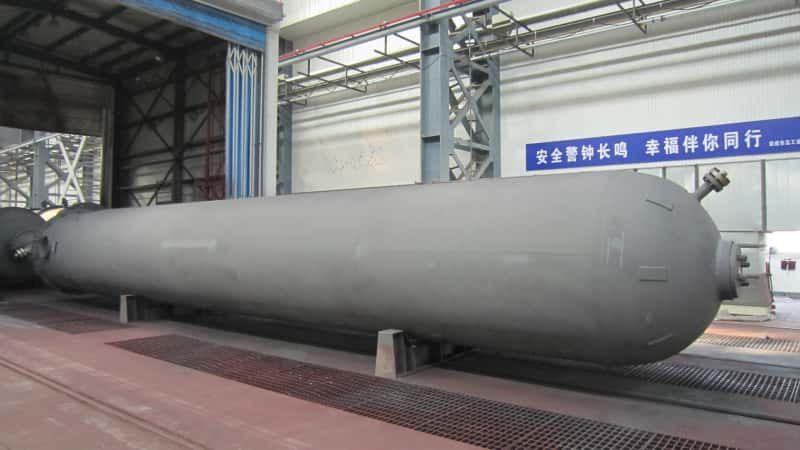\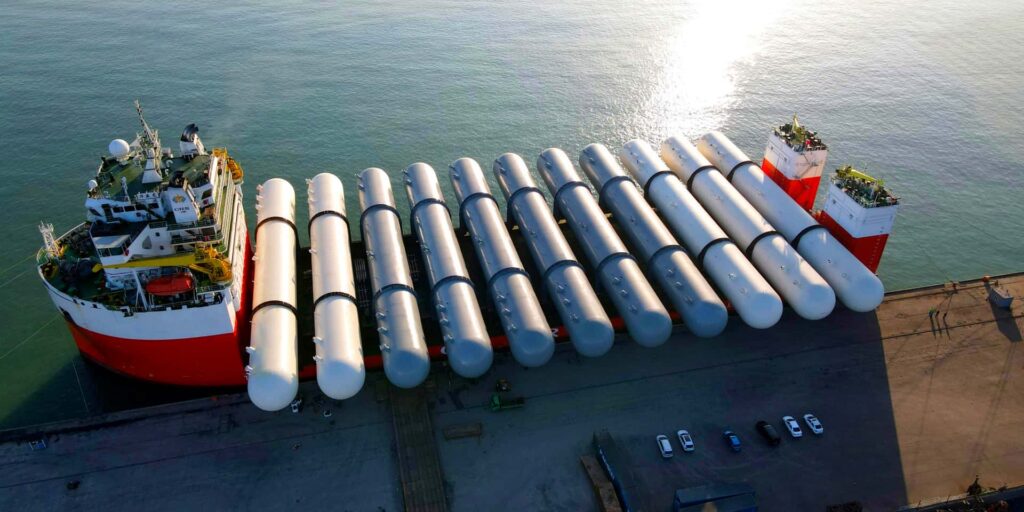 default[/caption]
default[/caption]
Choosing the correct pressure for a pressure vessel is one of the most critical decisions in mechanical design and industrial operations. If the pressure is too low, the vessel might fail to perform its intended function. If it’s too high, it could rupture, explode, or trigger a catastrophic failure. Overpressurization has caused historical disasters, while underpressurization can result in costly inefficiencies. That’s why understanding what pressure a pressure vessel should be—based on code, application, and material limits—is essential for safe and efficient system design.
A pressure vessel’s pressure should be determined by its maximum allowable working pressure (MAWP), which is the highest pressure the vessel can safely withstand at its design temperature. The actual operating pressure is usually 10%–20% below the MAWP and is based on the specific industrial process, code requirements (like ASME Section VIII), and the physical properties of the materials and fluids involved.
If you’re involved in pressure vessel selection, fabrication, or maintenance, understanding how to determine and manage the correct pressure range is key to ensuring safe operation, legal compliance, and optimal performance. Keep reading for a detailed, code-compliant guide with pressure ranges by application, formulas, and real-world design tables.
\
A pressure vessel can be operated at any pressure as long as it's sealed.False
Pressure vessels must operate within their certified MAWP limits as defined by design codes like ASME or PED. Operating beyond this can result in legal and safety violations.
1. Understanding MAWP (Maximum Allowable Working Pressure)
What Is MAWP?
The MAWP is the highest pressure that a vessel can safely operate at under normal conditions, based on:
- Material yield strength
- Vessel thickness
- Joint efficiency
- Design temperature
This value is stamped on the vessel’s nameplate and verified by an authorized inspector under ASME Section VIII or other national standards like PED (EU), GB 150 (China), or JIS (Japan).
MAWP Formula (for cylindrical vessels)
t = \frac{P \cdot R}{S \cdot E – 0.6 \cdot P}
Where:
- $t$ = Wall thickness (inches)
- $P$ = Internal pressure (psi)
- $R$ = Internal radius (inches)
- $S$ = Allowable stress (psi)
- $E$ = Weld joint efficiency (0.7–1.0)
Safety Factor
Design codes apply a safety margin:
- ASME Section VIII: 3.5 to 4.0 times the expected stress
- PED: 1.5 to 2.5 depending on category
\ The operating pressure of a vessel should match the MAWP exactly.False Vessels are typically operated at 10–20% below the MAWP to include a safety margin and account for pressure spikes.
2. Typical Pressure Ranges by Industry and Vessel Type
| Application | Common Operating Pressure | MAWP Range |
|---|---|---|
| Air Receiver Tank | 100–150 psi | 200–250 psi |
| Steam Boiler Drum | 300–1,500 psi | 3,000+ psi |
| Hydrogen Storage Vessel | 2,000–10,000 psi | Up to 15,000 psi |
| Chemical Reactor | 600–2,500 psi | 3,000–5,000 psi |
| Water Expansion Tank | 30–80 psi | 120–150 psi |
| LNG Storage Tank | 30–250 psi | 300–500 psi |
| Pharmaceutical Autoclave | 15–60 psi | 100–150 psi |
Pressure Class Chart
| Pressure Class | Pressure Range (psi) | Example Applications |
|---|---|---|
| Low Pressure | 15–150 | Water tanks, air receivers, autoclaves |
| Medium Pressure | 150–600 | Heat exchangers, storage vessels |
| High Pressure | 600–3,000 | Steam systems, chemical reactors |
| Very High Pressure | 3,000–10,000 | Hydrogen, oxygen, CO₂ vessels |
| Ultra-High Pressure | 10,000+ | Research chambers, supercritical CO₂ systems |
3. How to Select the Correct Pressure Rating
Step-by-Step Guide
- Determine process requirements:
- Fluid type, temperature, and pressure needed.
- Select material and corrosion allowance:
- Material strength affects allowable stress (S).
- Use ASME or PED formulas to calculate wall thickness and MAWP.
- Apply safety factor to determine operating pressure:
- Usually 80–90% of MAWP.
- Include relief valve setpoints:
- Typically 110% of MAWP.
Pressure Selection Table
| Input | Typical Value | Affects |
|---|---|---|
| Fluid Type | Steam, gas, corrosive fluid | Vessel material and rating |
| Max Process Temp | 300°C (example) | Material strength @ temperature |
| Required Flow Rate | 10 m³/h | Sizing of vessel and nozzles |
| Required Working Pressure | 900 psi | Drives wall thickness and MAWP |
| Safety Margin | 15% | Sets allowable operating pressure |
4. Pressure Testing and Safety Protocols
Hydrostatic Testing
- Test pressure = 1.3 to 1.5 times MAWP
- Water is used to pressurize the vessel slowly
- No leaks or deformation allowed
Pneumatic Testing (optional, riskier)
- Only when hydrostatic is not feasible
- Compressed air or nitrogen used
Relief Valves and Burst Discs
- Must be rated not above 110% of MAWP
- Legally required in most pressure vessels
- Prevent catastrophic overpressure failure
\ It is acceptable to remove a pressure relief valve if pressure remains constant.False All pressure vessels must include a properly rated relief device regardless of the system’s pressure stability.
5. Examples
Example 1: Power Plant Steam Drum
- Operating pressure: 1,200 psi
- Design pressure: 1,500 psi
- MAWP: 1,500 psi
- Hydro test pressure: 2,250 psi
- Relief valve setpoint: 1,650 psi
Example 2: Compressed Air Receiver
- Operating pressure: 125 psi
- MAWP: 200 psi
- Safety factor: 1.6
- Relief valve setpoint: 210 psi
Example 3: Hydrogen Storage Tank (Composite Vessel)
- Operating pressure: 7,500 psi
- MAWP: 10,000 psi
- Burst pressure: 15,000 psi (3× safety factor)
Summary
The pressure for a pressure vessel depends on process needs, material selection, design temperature, and code compliance. The key figure is the MAWP, which defines the upper limit of safe operation. Actual operating pressure should be below this limit by 10–20%, and all vessels must include tested pressure relief devices and documentation of hydro or pneumatic testing. The correct pressure ensures safety, efficiency, and compliance with standards such as ASME Section VIII or PED 2014/68/EU.
Need Help Determining the Right Pressure for Your Vessel?
We offer ASME-compliant design and engineering consultation, including pressure rating calculations, material selection, and safety validation. Contact our certified engineering team today to ensure your pressure vessel is built and operated to exact, code-approved specifications.

